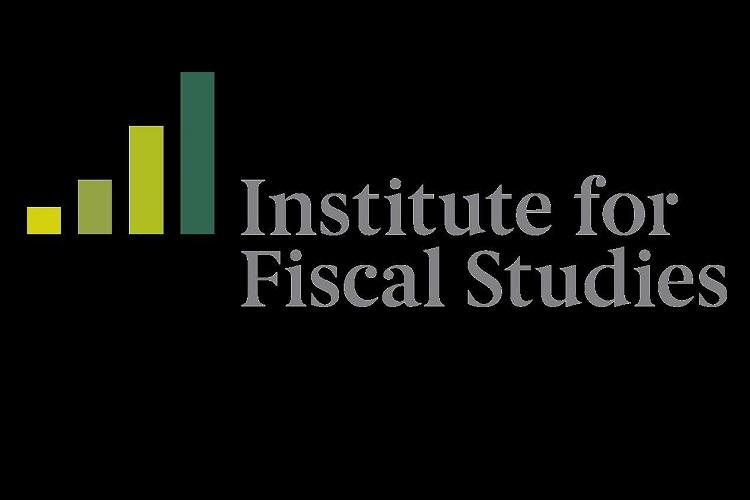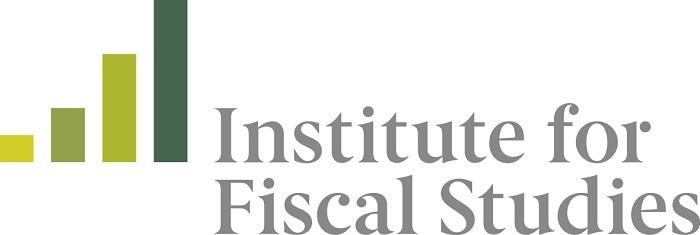The 2012 tuition fee reforms made the poorest graduates £1,500 better off, but reforms since have more than wiped out this gain

The major reforms to English higher education in 2012 increased university funding by around 25%, funded primarily by increased payments from richer graduates. Meanwhile, the lowest-earning third of graduates were actually better off as a result of the reform, by an average of £1,500.
Changes since 2012 have been heavily focused on further reducing the cost to central government. Replacing maintenance grants with loans reduces the government deficit, but results in students from low-income families graduating with the highest debt levels, in excess of £57,000. Freezing the repayment threshold in cash terms reduces the long-run taxpayer cost, but the increased repayments are concentrated amongst low- and middle-earning graduates. Expected repayments from the lowest-earning third of graduates have increased by about 30% since 2012, more than wiping out the benefit they would have received from the 2012 reform.
In their recent manifesto, the Labour party pledged to scrap tuition fees. This would have increased government borrowing by at least £11 billion a year. But the high debts, high interest rates and low repayment rates in the current system will also create problems for graduates and the public finances if left unchanged. These are among the key findings in new work published today (5 July) by IFS researchers, “Higher education funding in England: past, present and options for the future”, illustrating some of the effects of recent changes to HE finance on universities, the public finances and graduates themselves.
On the plus side, changes since 2011 have:
- Reduced annual government borrowing in the short run by nearly £6 billion. The financing of undergraduate education adds less than £1 billion a year to public spending. On the other hand, government debt is higher than it would have been because the loans to students to cover fees and maintenance count against debt but not against borrowing.
- Reduced the long-run cost to the taxpayer of HE by around £3 billion a year. The long-run saving is lower because outlay on student loans is not included in measures of public spending and 31% of the value of loans is not expected to be repaid. The expected long-run cost is now £6 billion a year.
- Increased university funding by about 25% per student relative to the 2011 system. Universities now receive an average of £28,000 per student per degree. The increase in fee income more than made up for the loss of teaching grants.
On the other hand, the design of the current system creates some problems:
- The debts with which students graduate are so large that around three-quarters are likely never to pay them off in full. This means that most will still be paying off student debt as they enter their 50s, that incentives for universities to provide high-quality courses in return for the money they receive are surprisingly limited, and long-run savings to the public finances are lower than short-run savings.
- Interest rates on student debt are very high – up to RPI + 3% (equal to 6.1% in March 2017). This further increases students’ debt levels. The average student accrues £5,800 of interest while studying, meaning that they borrow £45,000 but find on the day of graduation they have a debt of £50,800. However, it only affects the repayments of higher earners, who could end up paying £40,000 in interest payments. This could make the system more progressive but it also increases the incentive for those who expect to earn a lot to pay fees up front or pay off the debt early.
- Replacing maintenance grants with loans means that students from the poorest families could graduate with student debts in excess of £57,000 from a three-year degree. Other students, not eligible for the additional maintenance loans, will graduate with debt of £42,500. The new maintenance loans resulted in more cash in pockets for poor students than the grants they replaced. However, university bursaries have become less generous and so total up-front support has remained almost unchanged since 2012.
- Reforms since 2012 impact the repayments of middle- and low-earning graduates the most as a share of their total income. The repayments of the poorest third of graduates have increased by 30% while the repayments of the richest third have increased by less than 10%. This is primarily the result of the cash-terms freeze in the repayment threshold at £21,000 and goes some way to unwind the increase in progressivity which resulted from the 2012 reform.
- Low-cost arts and humanities subjects got much bigger increases in funding than high-cost science and engineering subjects. The lowest-cost subjects attracted 47% more income per student in 2017 than in 2011 while the highest-cost subjects only attracted 6% more income. This increases incentives for universities to provide degrees in subjects where economic returns are known to be lower on average. This could turn out to be a major and costly distortion to the way we fund higher education.
Jack Britton, an author of the report, said: “Recent policy changes have increased university funding and reduced long-term government spending on HE while substantially increasing payments by graduates, especially high-earning graduates. There is probably not much further to go down this route, but proposals for reducing student fees tend to hit the public finances while benefiting high earners the most.”
Chris Belfield, an author of the report, said: “Interest rates on student loans reached up to 6.1% in March 2017 and are very high compared with current market rates. Combined with high levels of debt, this increases average debt on graduation by £5,800. There is no impact on the repayments of the lowest earners, but the highest earners can expect to repay up to £40,000 in interest payments.”
Laura van der Erve, an author of the report, said: “Universities are undoubtedly better off under the current system than they were before the 2012 reforms. However, their incentives have shifted towards providing low-cost subjects. This does not sit comfortably with the government’s intention to promote typically high-cost STEM subjects.”
The IFS briefing note is entitled “Higher education funding in England: past, present and options for the future” and was produced by Chris Belfield (Research Economist at IFS), Dr Jack Britton (Senior Research Economist at IFS), Professor Lorraine Dearden (Professor of Economics and Social Statistics at University College London and Research Fellow at IFS) and Laura van der Erve (Research Economist at IFS.
This research was funded by the ESRC Centre for the Microeconomic Analysis of Public Policy (CPP) at IFS. Jack Britton would like to thank the British Academy for funding through a postdoctoral grant. The authors would like to thank the Department for Education for providing the linked NPD–HESA data.
 The IFS estimates focus just on young English-domiciled full-time undergraduate students. They assume that earnings will grow in line with the Office for Budget Responsibility forecast for average economy-wide earnings growth from the January 2017 Fiscal Sustainability Report and the November 2016 Economic and Fiscal Outlook. They assume no dropouts and that all students take out the full amount of the loans to which they are entitled and pay them back according to the repayment schedule (with no early repayments and no avoidance). Students repay 9% of their income above a threshold which increases with average earnings growth from 2021. Any debt left outstanding 30 years after graduation is written off. Therefore, if a graduate has not finished repaying the principal value of their loan after 30 years, all the interest accrued is written off and the graduate is unaffected by the interest rate charged.
The IFS estimates focus just on young English-domiciled full-time undergraduate students. They assume that earnings will grow in line with the Office for Budget Responsibility forecast for average economy-wide earnings growth from the January 2017 Fiscal Sustainability Report and the November 2016 Economic and Fiscal Outlook. They assume no dropouts and that all students take out the full amount of the loans to which they are entitled and pay them back according to the repayment schedule (with no early repayments and no avoidance). Students repay 9% of their income above a threshold which increases with average earnings growth from 2021. Any debt left outstanding 30 years after graduation is written off. Therefore, if a graduate has not finished repaying the principal value of their loan after 30 years, all the interest accrued is written off and the graduate is unaffected by the interest rate charged.
All figures are in 2017 prices. Government cost figures have been discounted back to 2017 using the government’s discount rate for the student loan system of RPI+0.7%. Student cost figures have not been discounted, but are deflated back to 2017 prices using CPI inflation.
To estimate the total cost of the system to government, we use 2015–16 HESA statistics on the number of English-domiciled full-time undergraduate students that started university in 2015–16.
To estimate the implications of the 2012 and more recent reforms, we assume that maintenance grants and loans would have increased in line with the rates applying in 2017–18 to students who started their course before the reforms and hence still fall under the old systems.










Responses